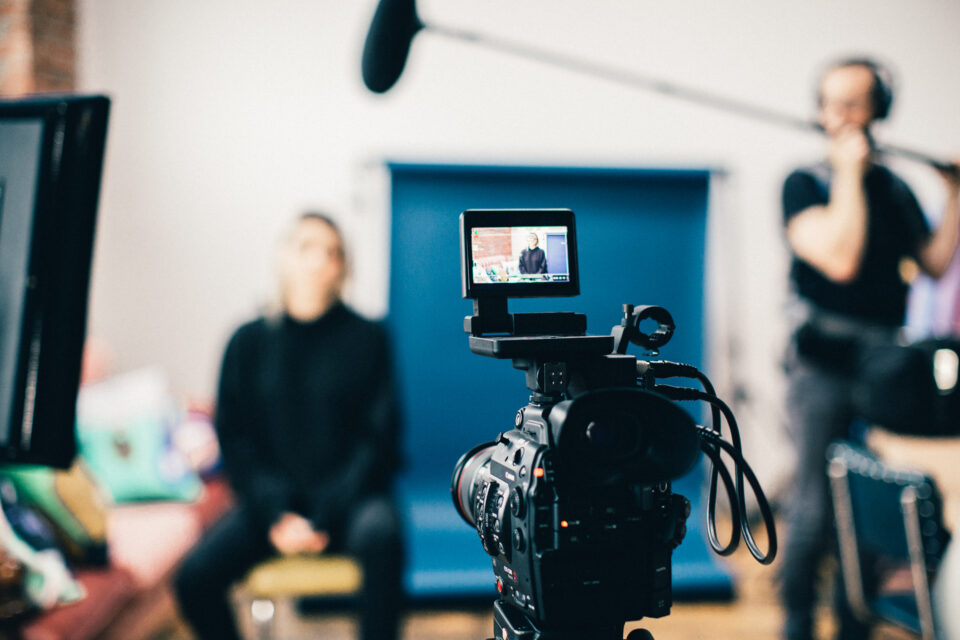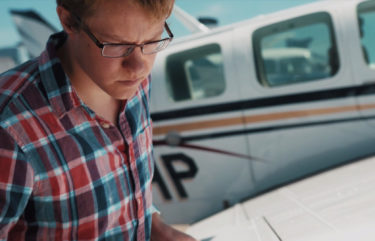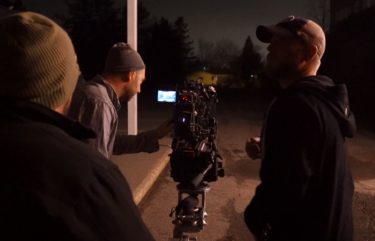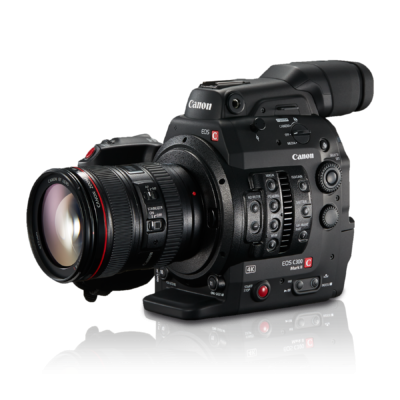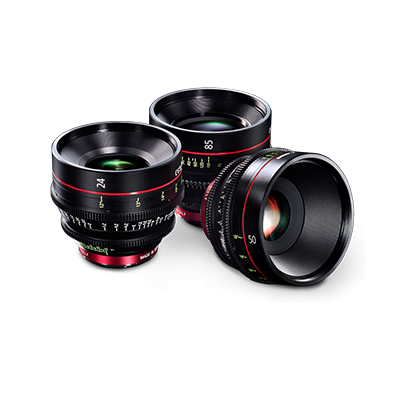Go deep: Six ways to give your filmmaking more depth
By its very definition, art made using two-dimensional media—such as canvas or film—lacks physical depth. But it is possible to create the illusion of depth. It’s simply a matter of employing visual cues that trick the eye into perceiving three dimensions in an otherwise flat space. Master the following techniques and you’ll be better prepared to craft a more dynamic and eye-catching on-screen experience.
Focus
Opening your lens’s aperture to shoot with shallow or medium depth of field “naturally“ establishes the distance between objects. It simulates the way our eyes see things in real life: The focus of our attention is sharp, while other objects are varying degrees less sharp, depending on their distance from the focal point. Or experiment with an unnatural focal effect—by using a split diopter, a half-convex lens attachment that allows the lens to focus on the background while the diopter emphasizes a foreground element. (An out-of-focus band down the middle of the frame adds to the unusual look.) Brian De Palma made the split diopter shot a signature of his 1970s and ‘80s films, like Blow Out, Dressed to Kill, and The Untouchables.
Lighting
When it comes to implying depth, the way a shot is lit is as important how it’s focused. Directors and cinematographers of early films noir knew this well; they often relied on harsh light and shadows to delineate space—and to heighten drama. Modern filmmakers can draw from a much-enlarged bag of lighting tricks, but the overall concepts remain the same: light-dark contrasts highlight certain areas of a setting, defining its dimensions and the relative positions of things within it. Backlighting is another common depth-creating technique. It clarifies the contours of characters and objects, effectively cutting them out from the background.
Perspective
Changing a shot’s literal point of view makes your filmmaking more dynamic; it also redefines the spatial relationships between elements in the frame. Instead of shooting straight on, come at it from an angle, and find diagonal lines to manufacture a vanishing point (e.g. a road that narrows in the distance). In crowded scenes, an elevated perspective can give the audience a greater sense of depth—and overall view of the action—than a more claustrophobic “in the thick of it” shot.
Fog, smoke and haze
When properly lit, the use of fog, smoke, or mist is an incredibly effective way to imply depth. It creates variance between fore-, mid-, and background, alternatively concealing and revealing different elements as it rolls through the frame. But don’t go blowing your all budget on dry ice. The train robbery scene in Andrew Dominik’s The Assassination of Jesse James by the Coward Robert Ford is powerfully evocative, but a film with multiple fog-shrouded moments would be hackneyed in the extreme. On the other hand, many productions have relied on the subtle use of fog to enhance depth perception for much, if not all, of their runtime. For example, a slight haze permeates much of The Handmaid’s Tale television series. This not only serves a storytelling function (implying the main character’s lack of clarity about her circumstances), but also helps to emphasize greater depth in the show’s often-cramped settings.
Occlusion
The act of placing an object or actor in front of another one is probably the simplest way to illustrate depth. A thing that’s closer to our eyes will block out that which is farther away. Our brains interpret this as depth both in the real world and on screen.
Parallax
Among the techniques outlined on this list, the parallax effect is unique to filmmaking (and television, and video), because it requires motion. When a camera pans, zooms or dollies in a shot, things in the foreground will appear to move more than items that our eyes interpret as being farther away. A common way to get this depth-enriching effect is by moving your camera through a doorway—which will grow on screen much more than the characters or objects within the room itself.


